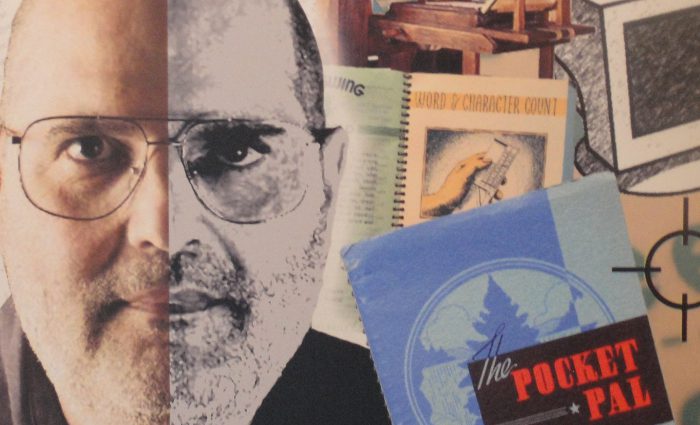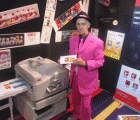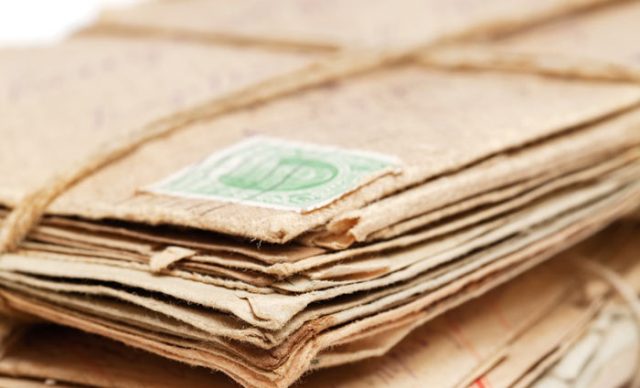
The first envelope was a clay wrapper used by the Babylonians in 2000 BC. The clay was folded over the original message, crimped together, and baked in an oven. Think of it as a clay fortune cookie. You then cracked the shell to gain access to the tablet within. Scrolls were sometimes rolled on thin wood, then wrapped in a covering of some sort. Paper came into use in the tenth century, and by the fifteenth century message communication or posts were considered a necessary part of any kingdom. The central government organised the posts and operated them as a monopoly of the state. Henry VIII of England appointed a Master of the Posts in 1510, and from that time on, such terms as Royal Post and King’s Highway became commonplace.
In the sixteenth century official letters were mailed ‘under cover or envelope’. The message was enclosed in paper that was folded and sealed with wax. Each sender had to do their own enveloping, and cut the paper as required. We do not know who conceived the idea of cutting paper for envelopes from a standard pattern. In 1635, King Charles I issued a proclamation establishing the first state postal service for the conveyance of private letters in England and Scotland. In France in 1635, de Valayer obtained the permission of King Louis XIV to establish a postal system in Paris. He set up boxes on street corners and announced by handbill that he was prepared to deliver any letters placed in them if they were enclosed in envelopes sold at certain stores. These envelopes contained a printed receipt for postage paid. De Valayer’s scheme failed when folks put refuse in the boxes. This was the beginning of junk mail.
Benjamin Franklin relished the job of US Postmaster since it directly benefitted his printing and publishing businesses. By 1851 Americans could send letters across the country for two cents. Low rates encouraged more businesses and individuals to use the mails. Early envelopes were made by hand, about two dozen at a time, by stationery store clerks. Using knives and metal patterns, clerks would cut out a stack of envelope sheets. They then folded and sealed the side flaps of each envelope by hand. The top flap remained ungummed because they also sold sealing wax, seals, glue, and other items to seal the envelopes.
The first patent for an automatic envelope folding machine was registered in England in 1845. It was held by Edwin Hill, whose brother Sir Rowland Hill, was known for postal reforms. In 1851, Edwin Hill and Warren De La Rue exhibited an improved machine at the London Exposition. In 1856 a Massachusetts physician named Russel Howes invented the first mechanical envelope folding machine. Howes’ machine could produce 25,000 envelopes, using three operators, in ten hours. In 1893, Worcester Envelope Company was incorporated for the ‘purpose of manufacturing and selling paper goods, stationery, and paper handling machinery’, and the envelope business became automated.
Frank Romano is professor emeritus at the Rochester Institute of Technology.
Comment below to have your say on this story.
If you have a news story or tip-off, get in touch at editorial@sprinter.com.au.
Sign up to the Sprinter newsletter


